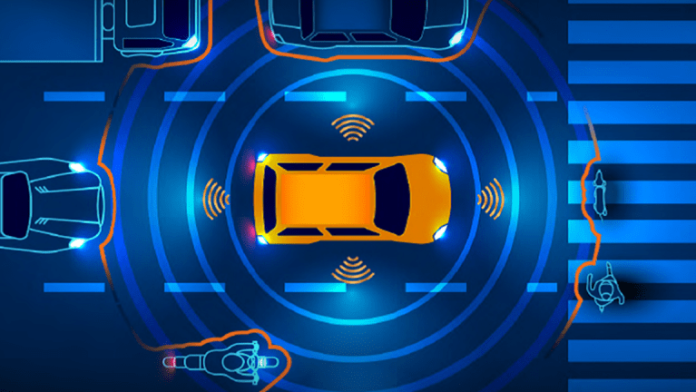According to recent research carried out at the Laboratory for Information and Decision Systems (LIDS) at the Massachusetts Institute of Technology (MIT), it has been discovered that human supervisors can help overcome obstacles in implementing autonomous vehicles.
While autonomous vehicles have limitations in certain driving tasks, such as navigating ramps or making left turns in front of oncoming traffic, human drivers can address safety concerns that surpass the capabilities of AVs. Nonetheless, MIT engineer Cathy Wu suggests that despite these challenges, AVs can be deployed safely.
“I started thinking more about the bottlenecks. It’s very clear that the main barrier to the deployment of autonomous vehicles is safety and reliability,” said Wu.
Once the safety hurdles are resolved, autonomous vehicles (AVs) are anticipated to play a crucial role in alleviating highway congestion, enhancing mobility for individuals who do not drive, and optimizing driving efficiency. In order to ensure the secure integration of AVs, Cathy Wu, an associate of LIDS, an assistant professor of Civil and Environmental Engineering (CEE) at Gilbert W. Winslow, and a member of the MIT Institute for Data, Systems, and Society (IDSS), suggests the possibility of employing a hybrid system. This approach would involve AVs independently handling simpler driving scenarios while complex situations are managed by human operators operating the vehicles remotely.
In the IEEE Transactions on Robotics, Wu and her colleagues, Cameron Hickert and Sirui Li, both graduate students at LIDS, published a paper that presents a framework for effectively scaling remote human supervision in a hybrid system without compromising passenger safety. The authors highlighted that by enabling effective coordination among autonomous vehicles, the need for human intervention could be minimized.
The research project focused on addressing a challenging driving manoeuvre for autonomous vehicles (AVs): merging, particularly when vehicles utilize an on-ramp to enter a highway. This specific manoeuvre presents complexities as merging cars need to accelerate or decelerate to avoid collisions with existing vehicles on the road. To ensure a safe merge, remote human supervisors could temporarily take control of the AVs.
To establish an efficient and safe system of remote human interaction, the team defined the maximum duration for which each human supervisor would be responsible for a single merge. This allowed them to explore whether a small number of remote human supervisors could effectively manage a larger fleet of AVs. They aimed to determine the optimal human-to-car ratio that maintains safety while covering all merges.
Interestingly, the research team discovered that as the number of AVs increased, the assumption of requiring more remote supervisors was challenged. Through coordinated communication between AVs, the instances where human operators were needed could be significantly reduced. By adjusting their speeds to accommodate merging cars, AVs played an active role in enhancing safety and minimizing the reliance on remote human intervention.
The research team provided substantiation for the safe scalability of remote supervision through two theorems. The first theorem utilized queuing theory, a mathematical framework, to develop an expression that captured the probability of a certain number of supervisors failing to handle all merging situations across multiple cars. This enabled the team to determine the required number of remote supervisors to effectively cover all potential merge conflicts, depending on the number of AVs in operation. The second theorem focused on quantifying the impact of cooperative AVs on surrounding traffic, with the goal of enhancing reliability and assisting merging vehicles.
In a simulated scenario where 30% of the vehicles on the road were cooperative AVs, the team estimated that a ratio of one human supervisor per 47 AVs could successfully handle 99.9999% of merging cases. However, this level of coverage fell below the team’s threshold of 99%, which they considered unacceptable, in scenarios where AVs did not engage in cooperative behaviour with each other.
“If vehicles were to coordinate and basically prevent the need for supervision, that’s actually the best way to improve reliability,” said Wu. “This gives us some more confidence that the autonomous driving experience can happen.
“I think we need to be more creative about what we mean by ‘autonomous vehicles’. We want to give people back their time – safely. We want the benefits; we don’t strictly want something that drives autonomously.”









